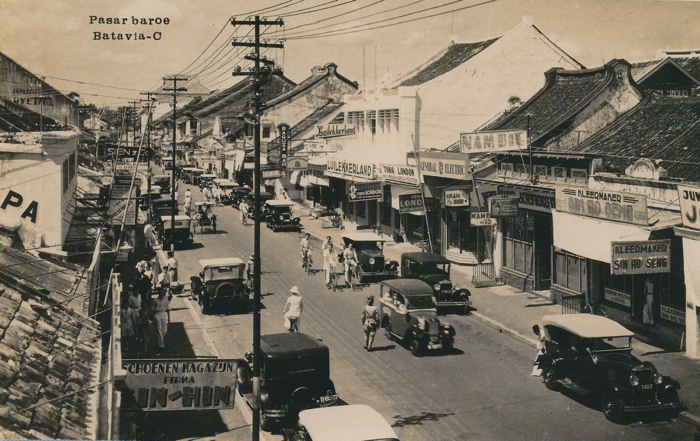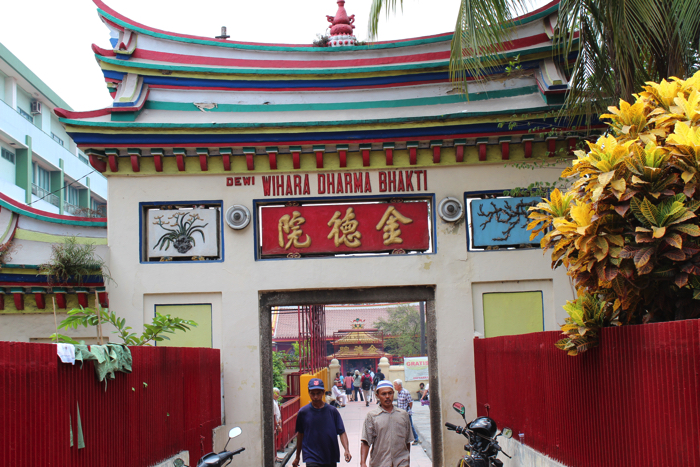- Project Leader : Izumikawa Hiroshi (Hiroshima Jogakuin University, Faculty of Liberal Arts)
- Collaborators : Mizuno Kousuke(Kyoto University, Center for Southeast Asian Studies)
- : Kitamura Yumi (Kyoto University Library)
- : Uemura Yasuo (Hiroshima University)
- : Kozano Yakou (Aichi Prefectural University, School of Foreign Studies)
Outline of Research
This research is concerned with the substance of Chinese commercial networks in Batavia-Jakarta from the 1930s to 1950s, a period that was a turning point in Indonesian modern history, and relations between the urban development of Jakarta and the ethnic network. It is being conducted in collaboration with historians (Dr. Uemura and Mr. Kozano), economists (Dr. Mizuno) and sociologists (Dr. Kitamura). It is necessary to focus on the Chinese in searching for the urban history of Batavia-Jakarta because they played an important role in urban development since 17th century.
For this purpose, I intend to organize a workshop to survey the bibliographic sources with other member in Kyoto in 2013.
In 2014, I will stay at Jakarta-office of Kyoto University in order to conduct field work and search for historical material relating to Batavia-Jakarta.
Finally, our team will publish these results in several workshops and conferences in Japan as well as abroad.
Description
The purpose of research is to analysis the substance of Chinese commercial network from 1930s to 1950s, when destructive changes including a depression, the Second World War and the Independence War occurred in Indonesia.
Previous studies on oversea Chinese have a tendency to emphasize the function of networks based on ethnic ties to their businesses. It is said that this type of network spread beyond national borders, while its limit were hardly mentioned. Thus, it is is of significance to consider when and to what extent this sort of network functioned in competition with other ethnic groups including the Minangkabau or Japanese, especially in 1930s. In other words, this research has significance to reconsider the effectiveness of ethnic-based networks as an analysis method.
However such “outsiders” had an important role in establishing the national economy in the colonial period, and nation states in Southeast Asia enabled its government to abolish them including Chinese under the name of “nation” after the independence. It may be thinkable that other networks emerged and replaced the Chinese ones. To analyze this historical change becomes one clue in understanding urban history from several aspects as well as the characteristics of the “crisis and rebirth” period between the 1930s to 1950s


